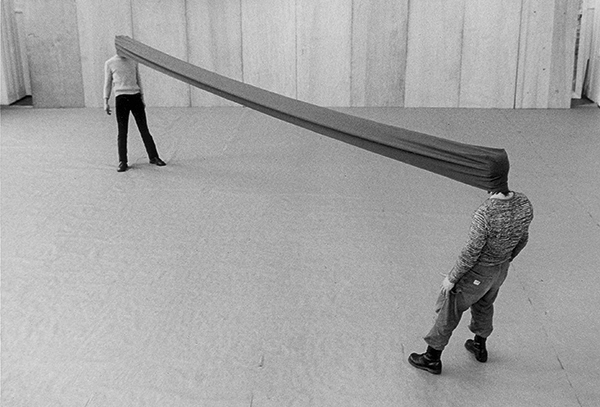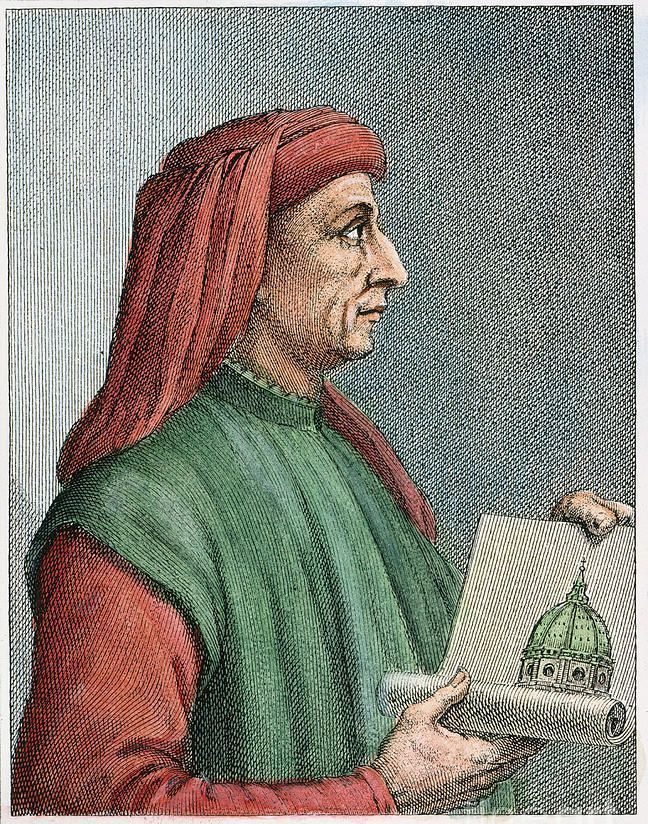Essay
Measuring the Internet as a Gesture of Tending (Towards)
4/2/2021
Lai Yi Ohlsen
This essay appears in the Are.na Annual 2021, themed “tend.”
Measurement is an intimate practice, one that requires proximity and patience. When you are measuring, you are checking where a subject sits in relation to a standard. Measuring implies care. You don’t measure something if you don’t have an interest in how it’s doing or how it relates to its surroundings. We measure our ingredients to make sure our meals turn out the way we want them to; we measure our shore lines to see how the climate is changing in response to our actions; we measure our friends by asking, “How are you? No really, how are you?” Measurement is a form of tending, a gesture towards understanding, and a commitment to being as specific as possible about the measured subject’s relationship to space, time, and its intersecting systems.
When I think of measuring the Internet though…it feels like trying to quantify the space between the wind and the trees. How can you measure something you cannot see?
The infrastructure, protocols and underlying power dynamics of the Internet are shrouded in an aura of mystique (white men) and complexity (long papers written by white men). Even if you find your way to an area of expertise, you can only tell so much about a network from a node. The 1957-1972 avant-garde collective Situationist International made work to deinstitutionalize measurement and position it as a subjective, felt experience where "Situation makes the concept.” The user’s experience of the Internet is already inherently Situational. I only see my Internet and you only see yours.

I’m thinking of Franz Erhard Walther’s Sehkanal, where two people are tethered together by a long, elastic material wrapped around the backs of their heads — maybe the Internet is just the stretchy fabric that holds us when we lean. Internet measurement tries to let us see what that fabric is made of, or rather, what’s happening in the structure of the fabric that helps us hold. Every one of our networked interactions relies on layers of connective processes: routing algorithms such as BGP, security layers such as TLS, communications protocols such as IP/TCP. Internet measurement checks these processes in relation to the standards they were built from. “How are you?” Code is written to check code when code doesn’t check itself. “No really, how are you?”
If we can think of these algorithms as an execution of choreographies, Internet measurement (re)codifies their performance. As the structure of an algorithm unfolds, it inevitably improvises within the parameters of its dance. Internet measurement watches as an audience member and notates its expected and unexpected characteristics. In 1403, a young Filippo Brunelleschi, the eventual inventor of perspective, went to Rome to learn how the Ancient Romans built their buildings. He started by measuring them. Measurements help us understand the structure of the artwork. They give shape to the choreographic choices that construct our lived experience of its outermost layer.

In its romanticized enormity, the Internet can feel shapeless; measurements of its digital contours provide structure for their sculpting. The Internet has physical components as well of course, but they alone do not account for its defining characteristic of moving data around the world, just as a sculpture cannot be removed from the context that moves through and around it.
Franco “Bifo” Berardi writes that, "Prescriptions, prophecies, injunctions are ways of inscribing the future in language, and--most importantly--are ways of producing the future by means of language. Like prescriptions, prophecies, and injunctions, code also has the power to inscribe the future, by formatting linguistic relations and the pragmatic development of algorithmic signs." When code is written to measure other code, we inscribe a future where the prophecy of the past is checked in the perpetual present. The Internet is often thought of as outside of temporal and spatial bounds, a sort of amorphous, timeless presence -- so what does it mean for us to ask sculptural questions about its then, now, and later? Measurement is a form of tending to but also tending towards the future we inscribe in our measurement. To ask how tall I am now, suggests height will be relevant then. Can I check how the Internet is working for us today in a way that will resonate in thousands of tomorrows?
The formalization of a unit is an indication of significance, therefore Internet measurement is a form of producing meaning about our networked world. We measure what we want to see. Most of the projects I’ve compiled on Internet measurement are quite dense and inaccessible to the average user of the Internet, and yet I think they’re doing something really intensely beautiful and relevant to the digitally dependent era. What is it that we want to measure our experience of the Internet by? Each Internet measurement project proposes an answer but it’s unlikely there is one. Is it speed? Is it access? Is it stability and security? Resilience? Empathy, universality, individuality, openness? A mixture of all the above, I’m sure, but to what proportions? What are the characteristics of the Internet we want to see and how close are we to their reality?
“I’m okay, thanks for asking. How are you?”
Lai Yi Ohlsen is an artist and tech worker operating at the intersection of measurement, media, and movement. She is the Project Director of Measurement Lab, one of Code for Science Society's sponsored projects. Previously, she worked to defend and promote human rights online with eQualitie as Technical Programs Manager. Ohlsen is a 2019 Artist in Residence at Movement Research and a Spring 2020 Technology Resident at Pioneer Works. In 2019, she was in residence at Jonah Bokaer Arts Foundation, rehearsal and MANCC's Forward Dialogues as Kim Savarino's collaborator. Her work has been shown at Tech Zine Fair, Movement Research’s Fall Festival, New York Art Book Fair, the Internet Archive’s Decentralized Web Summit and Our Networks. She is the author of 100 Scores: movement inspired by computers and tends to her creative practice at Soft Surplus, a collective warehouse space in Brooklyn.
Are.na Blog
Learn about how people use Are.na to do work and pursue personal projects through case studies, interviews, and highlights.
See MoreYou can also get our blog posts via email